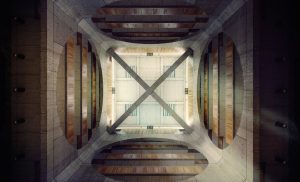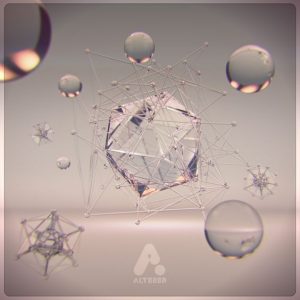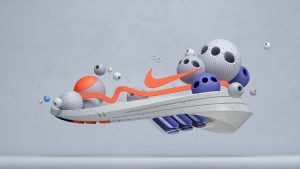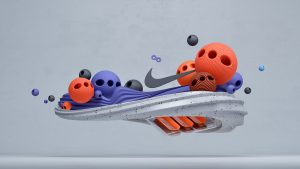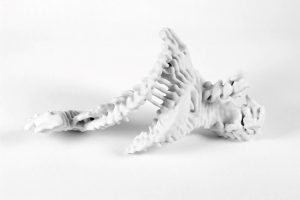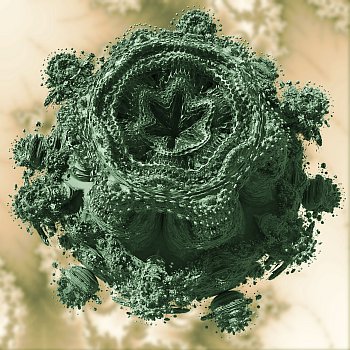This week I chose the Doodle3D Transform project for my Looking Outwards report. Doodle3D Transform is a 3D design app that converts 2D images to 3D images for 3d printing. The application works for most tablets and browsers.


(Pictured above are gifs showing in a few quick steps how the application functions. )
What I admire about this project is how user friendly the entire application is, making it easy for people who have a mostly basic understanding of 3d printing and 3d graphics to create something useful (like a vase for example, as pictured above). This is also the reason for why the creators made this project in the first place. They wanted to make 3d design easily accessible for people who may not necessarily be experts in that field.
Here is a photo of the team that created the project:

Doodle3D is a tech company located in the Netherlands. The team working on this project consists of Rick Companje, the founder, and four collaborators: Nick van Dijk, Casper, Peter Uithoven and Jeroen Somers.
Here is a link to the project website.
How the program works is that you can draw anything, whether it’s tracing, freehand etc in 2D. The app then renders your design into a 3D version using CAD (computer aided design) software, which you can freely play around with as the two images are side by side, as shown below.

Here is a video for the application.
![[OLD – FALL 2016] 15-104 • COMPUTING for CREATIVE PRACTICE](../../../../wp-content/uploads/2020/08/stop-banner.png)
